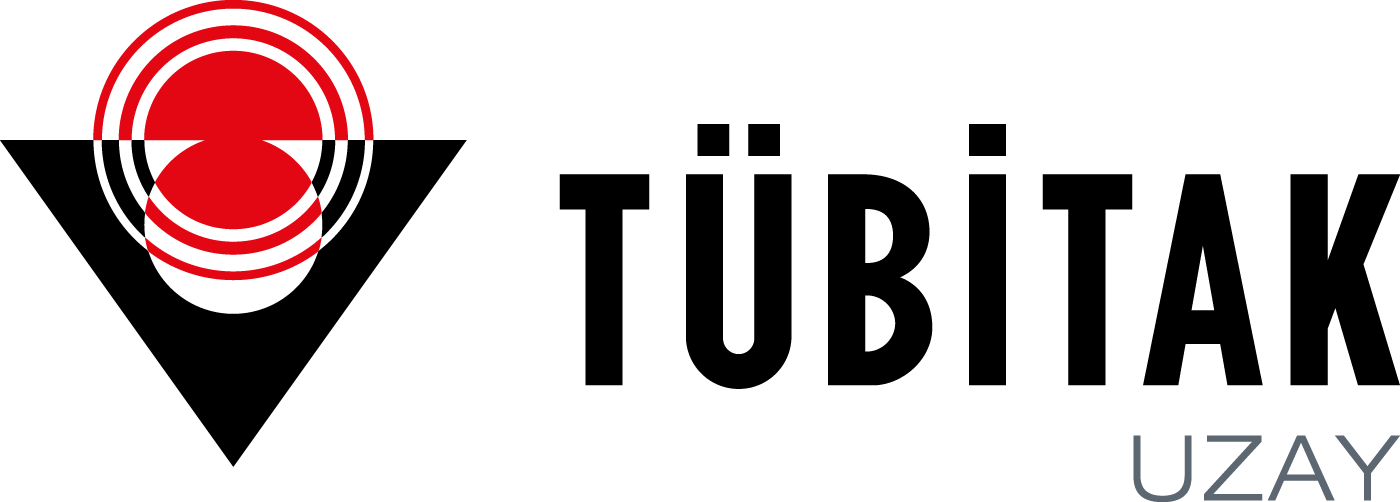RASAT, the first national earth observation satellite designed and manufactured in Turkey by TÜBİTAK Space Technologies Research Institute, has successfully completed its sixth year in orbit.
Launched on August 17, 2011 from Russia, the RASAT satellite is in a sun-synchronous circular orbit at an altitude of 700 kilometers. Thanks to its orbital capability, RASAT can receive images from anywhere on Earth. It has a 7.5-meter black-and-white and 15-meter multi-band spatial resolution sweep camera. With an average revisit time of 4 days, RASAT can be controlled in 3 axes. The dimensions of each frame image are 30 km x 30 km, and sherry images can be acquired up to 960 km in length.
With a design life of three years, RASAT completed its sixth year in orbit as of August 17, 2017. During its six-year orbit, RASAT has made 32035 orbits and performed a total of 2080 imaging missions, covering an area of 12,724,200 km2.
RASAT satellite images GEZGİN portal (www.gezgin.gov.tr), which has been shared with the public since 2014. The raw images downloaded from the RASAT satellite are geometrically and radiometrically corrected and transferred to the GEZGİN portal, and anyone who logs into the system with their e-government password can download the images free of charge.


